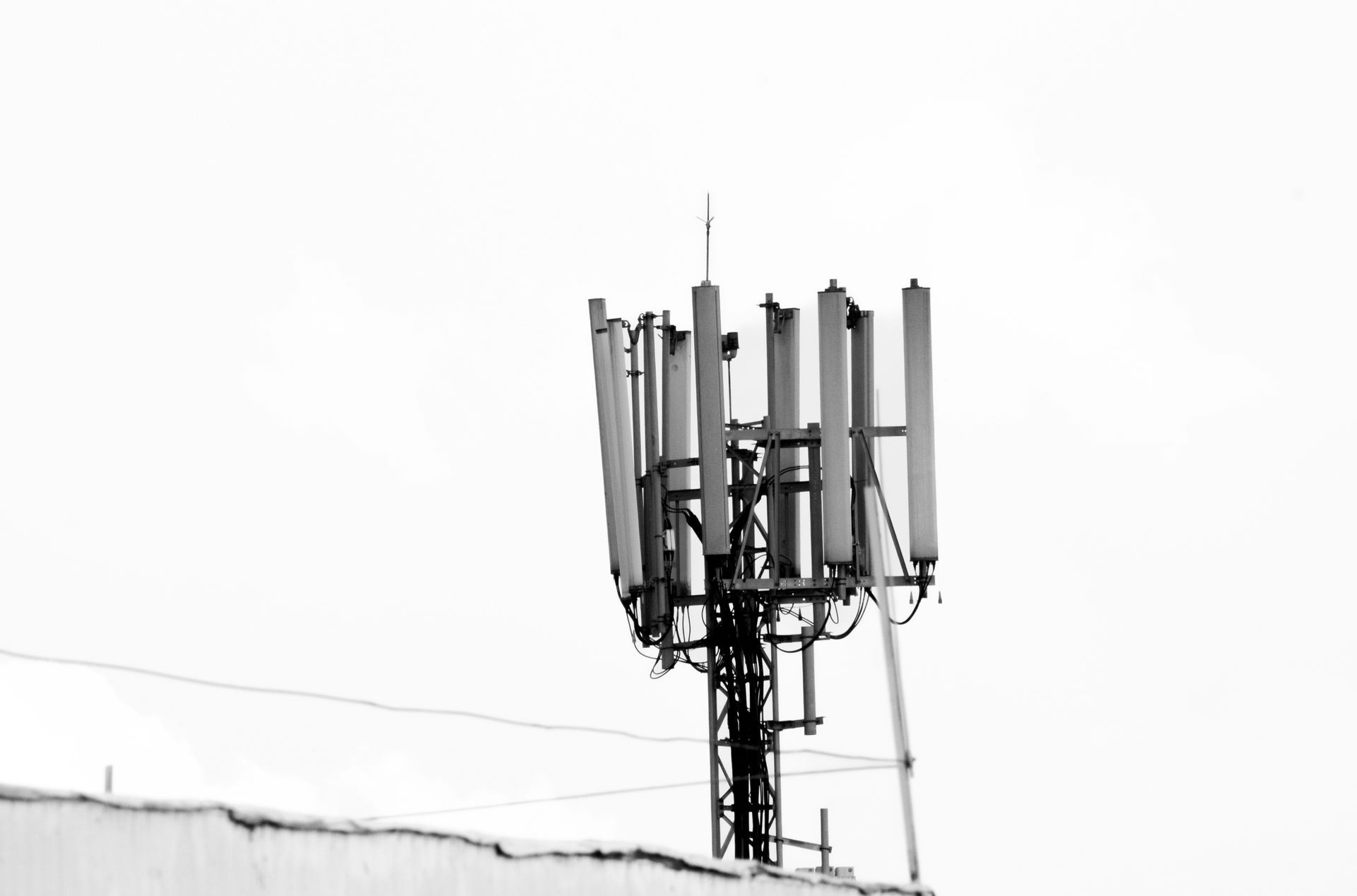When Will You Wake Up to the Biological Impacts of Your Wi Fi Router & Your Smart Phone etc . . .
(and just so you know your editor isn't a hypocrite: I manage to live without both . . . yeah, WOW, eh?)

Editor's Note: This column from EMR Australia is particularly timely, given the intentional, explicit exclusion of electromagnetic and radio frequencies (RF/EMF) radiation health impacts from a recent MBIE/MftE "consultation" over the loosening of telecommunications infrastructure regulations (which are almost non-existent to start with, and have never included any acknowledgement of biological considerations).
Guest contributor and expert on Electromagnetic Pollution and its health effects, EMR Australia founder Lyn McLean, provides commentary on the latest scientific research into electromagnetic frequencies (EMF) and radio frequencies (RF), as they impact human biology.
(By Lyn McLean, Founder, EMR Australia)
Last week we reported on a new paper from Dr Dimitris J. Panagopoulos and his co-workers, which showed that electromagnetic fields from wireless devices increased oxidative stress, DNA damage, cancer and reduced the ability to reproduce.
This week, we take a look at how this actually happens.
The villain of the scenario is a group of molecules called Reactive Oxygen Species (ROS). These are the cause of much of the damage.
Panagopoulos describes the process like this:
- Humans, animals and plants contain Voltage Gated Ion Channels (VGICs), which are located on the membranes of all cells and whose job is to allow the passage of ions such as calcium, potassium, sodium and magnesium through them. These VGICs are exquisitely sensitive to polarised, coherent and variable (man-made) electromagnetic fields.
2. When VGICs are exposed to these man-made fields, they cause them to malfunction, disturbing the passage of ions through them.
3. The malfunction of VGICs affects the levels of calcium, potassium, sodium and other ions of critical importance within cells, ultimately causing an overproduction of harmful ROS which can cause oxidative stress (OS), inflammation and DNA damage, mutations and disease.
The Resultant Oxidative Stress & DNA Damage Is At the Root of the Issue
It’s this oxidative stress and DNA damage that lie at the heart of so many of the problems caused by man-made electromagnetic fields:
"For cells with irreparably damaged genomic DNA, possible outcomes are, cell senescence or cell death (which may result in aging, organic/neurodegenerative diseases, and/or reproductive difficulties), cancer, or mutated offspring, depending on cell type, the specific biological/environmental conditions, and the state of the organism. Thus, DNA damage induced by OS explains the pathologies linked to chronic exposure to anthropogenic EMFs, such as infertility and cancer."
Panagopoulos points out that two types of ROS chemicals - hydroxyl radical and peroxynitrite – are also caused by exposure to ionising radiation:
"This provides an answer to (the uneducated) claims that 'non-ionising' anthropogenic EMFs cannot possibly cause biological damage," Panagopoulos says.
Panagopoulos has provided a mechanism, supported by generally accepted biology and physics, that explains just how the electromagnetic fields from our electrical and wireless technologies interfere with the bodies of humans, animals and plants, causing a range of harmful outcomes.
"Man-made EMFs, and especially the most detrimental ones from WC antennas/devices and high-voltage electric power lines, have become a new reality in modern life, exposing billions of people on a daily basis," the paper says. "Even though they are significantly less cytotoxic than radioactivity or certain toxic chemicals, they represent an evolutionary novel and most persistent daily cytotoxic agent, against which, existing repair mechanisms may not be efficient enough.
"Especially in individuals who are already genetically or epigenetically compromised."
Panagopoulos DJ, Yakymenko I, De Iuliis GN, and Chrousos GP (2025): A comprehensive mechanism of biological and health effects of anthropogenic extremely low frequency and wireless communication electromagnetic fields. Front. Public Health 13:1585441. doi: 10.3389/fpubh.2025.1585441
For information about Dr Panagopoulos, go here.
Meantime, this July 2 article published by the U.S. organisation, Children's Health Defense, might be of interest to readers:









